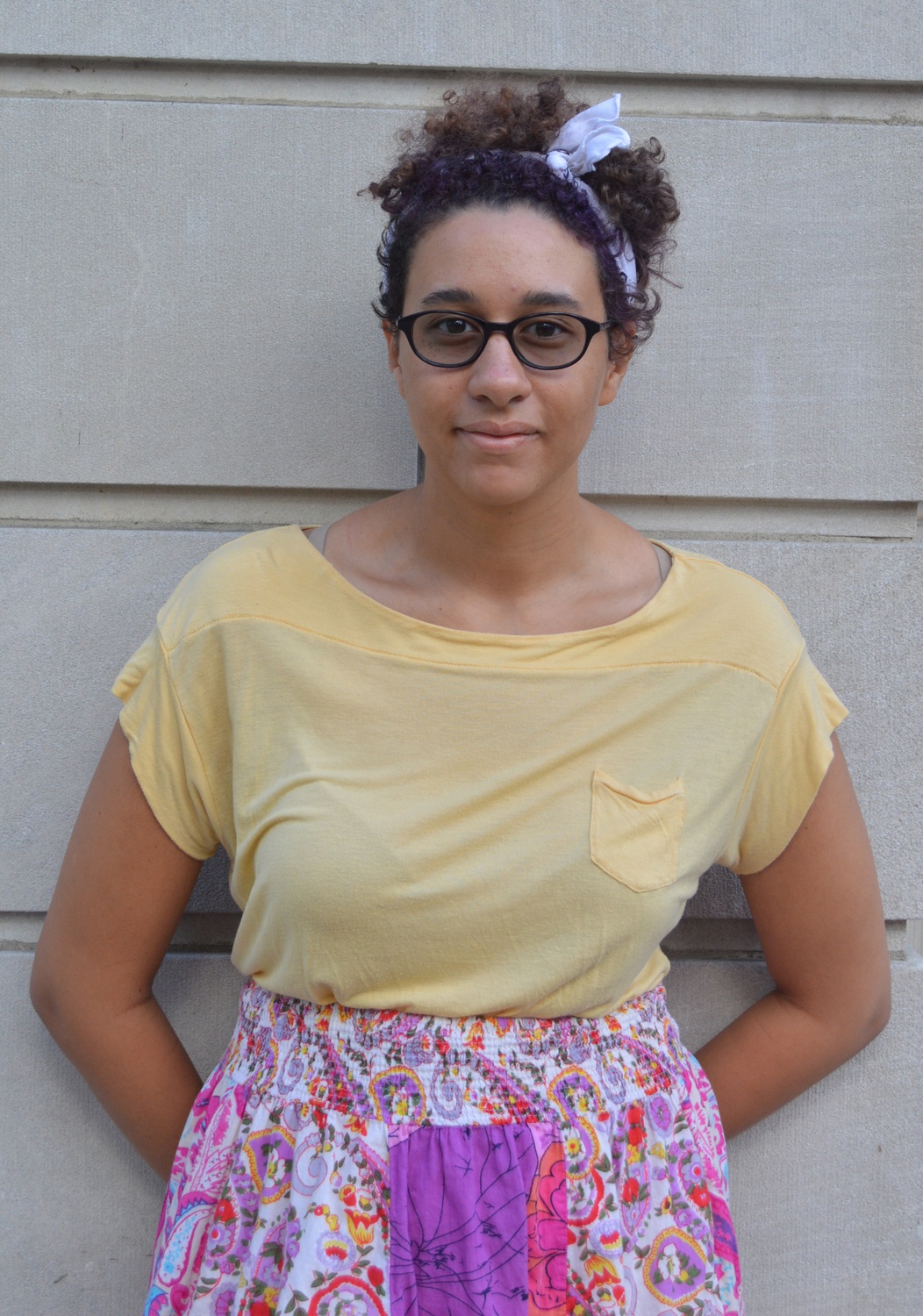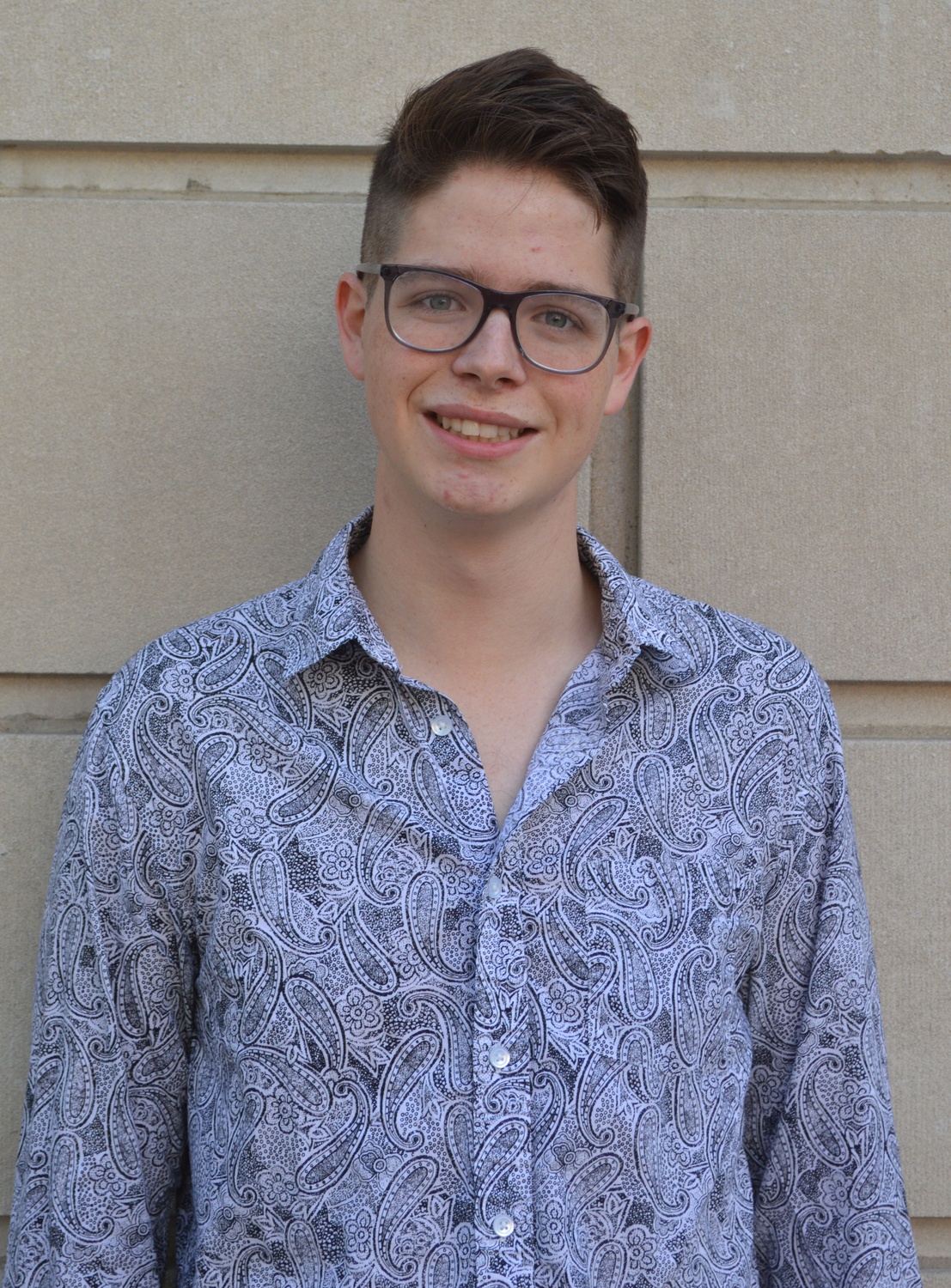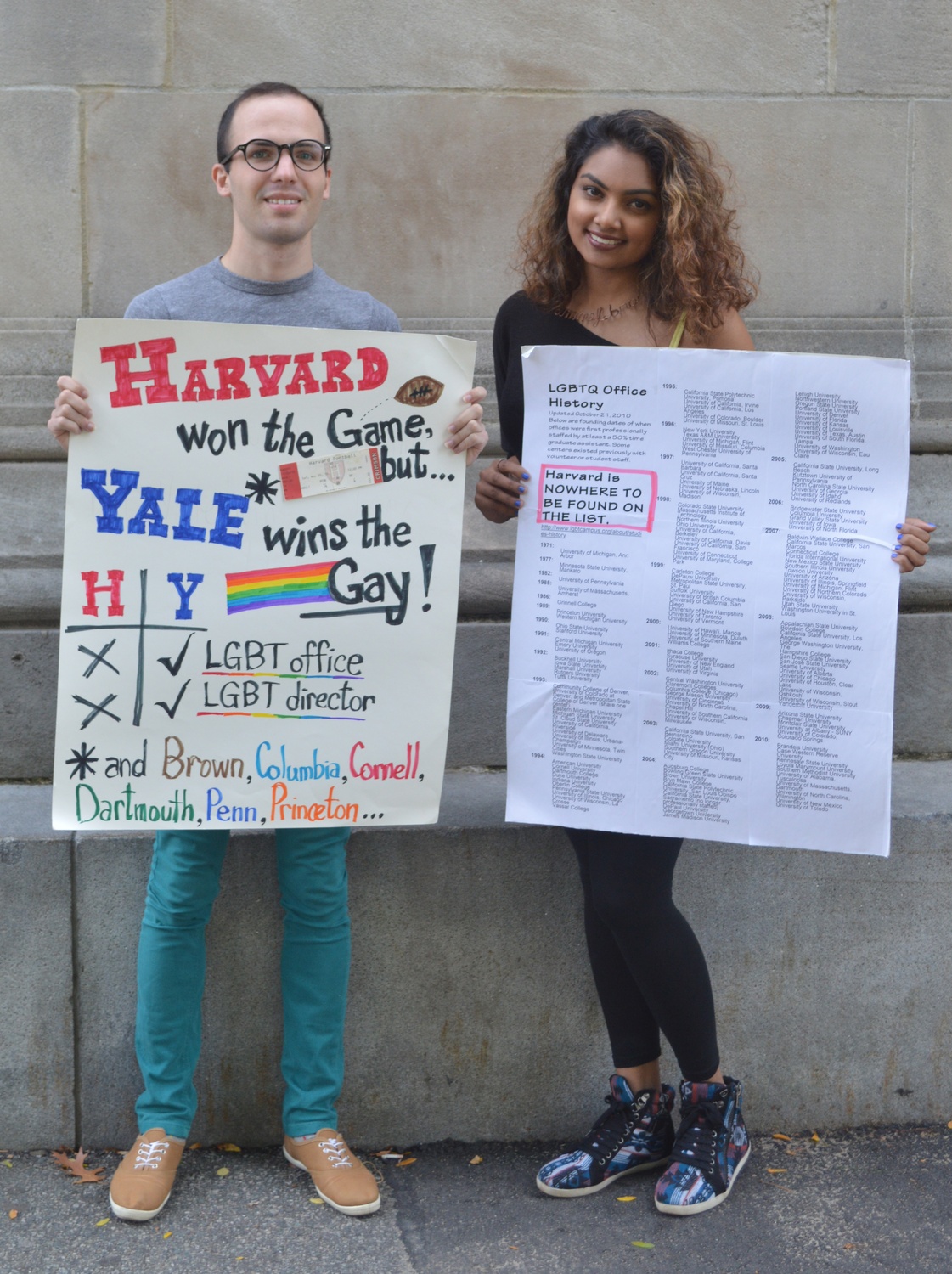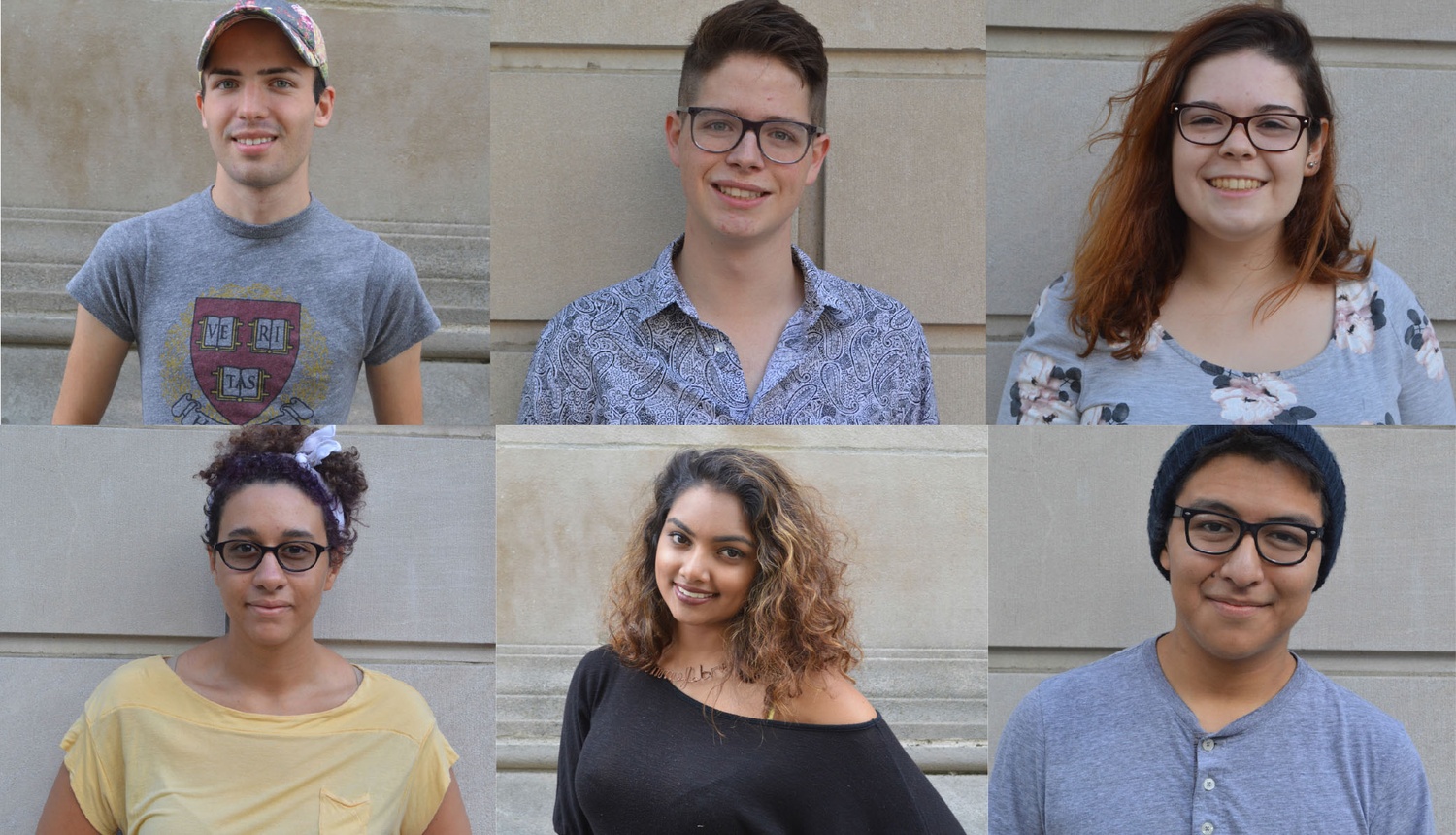
News
Cambridge Residents Slam Council Proposal to Delay Bike Lane Construction

News
‘Gender-Affirming Slay Fest’: Harvard College QSA Hosts Annual Queer Prom

News
‘Not Being Nerds’: Harvard Students Dance to Tinashe at Yardfest

News
Wrongful Death Trial Against CAMHS Employee Over 2015 Student Suicide To Begin Tuesday

News
Cornel West, Harvard Affiliates Call for University to Divest from ‘Israeli Apartheid’ at Rally
LGBTQ Community Grapples with Inclusivity
As Harvard’s LGBTQ Groups Diversify, Some Are Calling for Greater Collaboration
UPDATED: November 11, 2014, at 6:45 p.m.
When Brianna J. Suslovic ’16 came to college as a freshman, she joined Queer Students and Allies, which she described as the most “initially accessible umbrella organization” for BGLTQ students at Harvard. But by the end of her sophomore fall, Suslovic had decided to disaffiliate from the group.
Suslovic, who became QSA’s communications and outreach chair in her freshman spring, said that although she enjoyed her time with the organization, one of the primary reasons she withdrew from QSA—an organization founded “to promote community”—was because she did not find it as inclusive as she hoped.
“There were people who didn’t feel comfortable in QSA,” she said. Conversations among group members could be unwelcoming, she added, particularly for newcomers to the queer community who may not know the norms and language prevalent in the group.

Although other queer community members acknowledge concerns regarding inclusion, they point out that in recent years, new official and unofficial spaces have emerged to meet the needs of a diverse population. While the evolution of these groups has provided students with an unprecedented number of ways to engage with the queer community, this growth also raises questions about the role of institutional support and the importance of collaboration across groups.
INTERSECTIONAL INCLUSIVITY
Differences in students’ identity—from interests, backgrounds, gender, and even perception of their sexuality—have led to tensions in umbrella groups like QSA.
“It does divide the community in a certain way, because obviously if you have a really large group, not everybody is going to like each other [or] be on the same page,” said C.Z., a sophomore in Eliot House and a board member of QSA who was granted anonymity by The Crimson because she has not yet come out at home.
According to C.Z., QSA and other queer organizations have been traditionally white and male-dominated, which has prompted concerns about exclusivity.
To rectify this, she and other students have rejuvenated Girlspot, a QSA subcommittee for queer women which had previously been inactive. Now also a Girlspot representative, C.Z. said she believes such small groups address unmet needs in the community.

“The creation of a lot of small intimate spaces that are directed to serve specific minority communities is a very valuable tool,” she said.
W. Powell Eddins ’16, who founded the QSA subcommittee Harvard Undergraduate BGLTQ Business Students earlier this year, cited similar reasons.
Eddins, co-chair of QSA as well as co-president of HUBBS, said that he was frustrated that QSA did not provide support for queer students interested in business. According to Eddins, QSA is “very anti-corporate.”
“There is no recruiting pathway for BGLTQ students [at Harvard], and other schools have one,” he said.
While HUBBS is currently a subgroup of QSA, Eddins said he is hoping to make it an independent organization in the future.
Other organizations designed to cater to sub-groups within the queer community include HBASIS, a group formed last year for queer students interested in the sciences, and BlackOut, another recently revived group for queer and black students.
The issue of inclusivity in Harvard’s queer community also involves political outlook, according to Suslovic, who said the perceived radicalism in the community can alienate newcomers.
Eddins concurs, adding that he thinks “there is a competition within the queer community in being the most progressive...which contributes to a community of ostracization and hostility.”
Yet others like Sasanka N. Jinadasa ’15, a member of Gay Lesbian Or Whatever, a group for queer students of color, think this is, to some extent, unavoidable.
“Everything trans and queer people do is politicized, for better or for worse,” Jinasada said. She added Harvard’s demographics, which tend left of the political spectrum, are reflected in many student groups and might add to this outlook.
DISCONNECTED SPACES
While students say that the creation of new and spin-off groups has increased inclusivity, some said they believe that this has caused fragmentation within the community.
Suslovic said part of the problem is that many of these groups are too small to effectively function. But Joshua D. Blecher-Cohen ’16, a member of the queer Jewish group BAGELS, said that if students with a common identity wish to create a space for themselves, the size of the group should not matter.
“[The groups] don’t need a certain quota to exist,” he said. “You can’t say, ‘Oh no, your queer group, your queer interest isn’t valid—you don’t reach a certain number of people.’”
Another issue is collaboration between different groups. While Director of the Office of BGLTQ Student Life Van Bailey said that student groups are “intentional” in their collaborations, Suslovic argued that queer groups should move beyond co-sponsorships of events and certain “surface-level interactions” to pursue meaningful dialogue about inclusion and accessibility.
Blecher-Cohen acknowledged the need for communication and cooperation between the student groups, and said that the Queer Advisory Council, founded a year ago, helps to address these concerns. The QuAC, as it is called by some students, was established to bring representatives from queer organizations together to discuss community issues.
“[The QuAC] provides a space where student leaders can talk to each other about programming and opportunities for substantive collaboration,” said Blecher-Cohen, a former co-chair of the council. “As the QuAC grows, that will happen more and more.”
Despite some feelings of disjointedness, however, students overwhelmingly believe that smaller queer groups play an important and necessary role in the queer community.
“It’s nice to have that intentional queer person-of-color space,” Christopher Frost ’15 said, referring to BlackOut, of which he is a member. “I don’t think that it takes away or detracts from any other group on campus.”
SUPPORT FROM THE TOP
Concerns regarding inclusion and intersectionality are not new, according to Marco Chan ’11, co-President of the Harvard Gender and Sexuality Caucus, a queer alumni organization, who served as co-Chair of QSA from 2008 to 2011. In 2010, QSA altered its mission statement to include a broader range of identities.
However, compared to his time at Harvard, Chan said that groups formed to fulfill these niche interests and needs now benefit from two trends—the growing experience of queer group leaders on campus and nationwide and increased institutional support from entities such as the Office of BGLTQ Student Life.
According to students and administrators, the office—formed two and a half years ago—helps to address inclusivity issues by providing a safe space for a range of queer community members and bridging the subgroups that have emerged.
Blecher-Cohen, a current intern at the Office of BGLTQ Student Life, said that opportunities to have conversations that are less politicized have increased since the creation of the “Quoffice,” which has an educational purpose. “[The Office of BGLTQ Student Life provides] a space where queer people have an incredibly wide range of opinions,” Blecher-Cohen said.
Some students said they think the office does not play a unique role in the queer community. Bailey, the director of the office, said that the Quoffice will be launching and reforming initiatives this year.
“The past few years have been about conversations and relationship building,” Bailey said. “Now we’re building.”
According to Emelyn dela Pena, assistant dean of student life for equity, diversity, and inclusion, the College can assist inclusion within communities by providing staff training and cultivating a “culture of learning.”
She said that the Office of Student Life has accounted for intersectionality in its approach, citing regular communication and collaboration among the three diversity offices—the Office of BGLTQ Student Life, the Women’s Center, and the Harvard Foundation—and the recent hiring of diversity fellows tasked with working with all three offices to implement diversity initiatives.
MOVING FORWARD
While many students said they would like the queer community to continue to strive toward inclusivity and solidarity, they acknowledge the complexity of this aspiration.
“I feel like with any community, it’s very hard to say that everyone should coalesce into this one idea of what it means to be something,” Frost said.

Although complications may arise, Blecher-Cohen said it is important to keep in mind that student cooperation and activism can and have already led to positive changes in the queer community. He gave the example of the Office of BGLTQ Student Life, which according to Blecher-Cohen was founded in response to student activism and advocacy for a dedicated institutional space.
Jinadasa, another intern at the Office of BGLTQ Student Life, agreed that the formation of the office marked a step forward for the community.
“I can feel a tangible difference on campus, just from having that institutional support,” she said.
The QSA is also changing its structure to be more welcoming. According to C.Z., these changes include hosting more casual and less politicized discussions focused on sharing experiences, altering the role of the political co-chairs to emphasize their responsibility for inviting speakers, and increasing newcomer participation.
C.Z. said attendance at QSA general meetings has increased this year—with a large number of freshmen attendees—which she believes shows that the organization’s changes have been positively received.
Despite these improvements, Blecher-Cohen said he hopes the community continues to grapple with these issues.
“Inclusivity is never something you reach and it’s done,” he said. “It’s something that—for every new action, every new event, you need to be thinking about it.”
—Staff writer Quynh-Nhu Le can be reached at quynhnhu.le@thecrimson.com.
—Staff writer Sara A. Atske can be reached at sara.atske@thecrimson.com.
This article has been revised to reflect the following correction:
CORRECTION: November 11, 2014
An earlier version of this article incorrectly stated the class year of Christopher Frost. In fact, he is a member of the Class of 2015.
Want to keep up with breaking news? Subscribe to our email newsletter.

